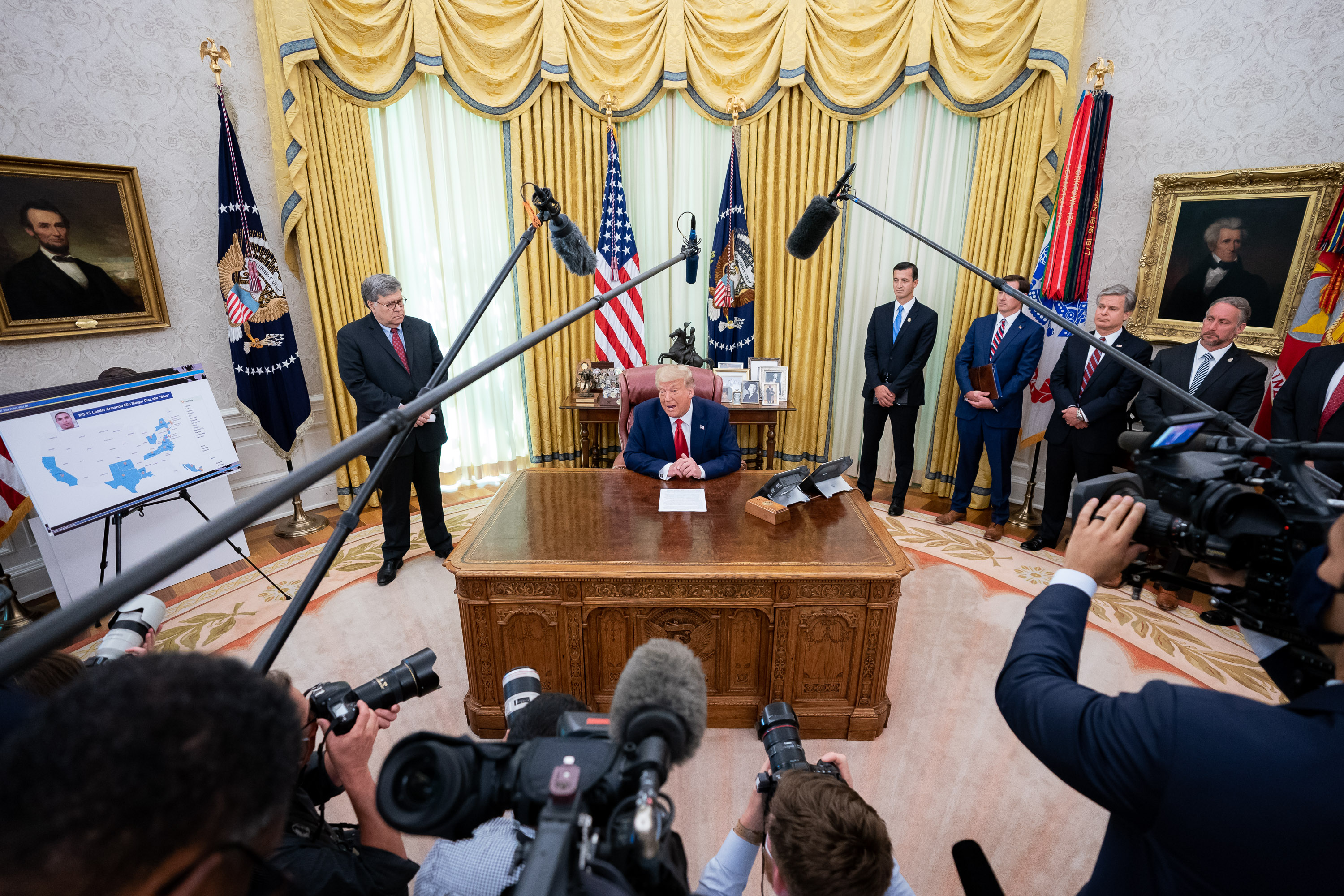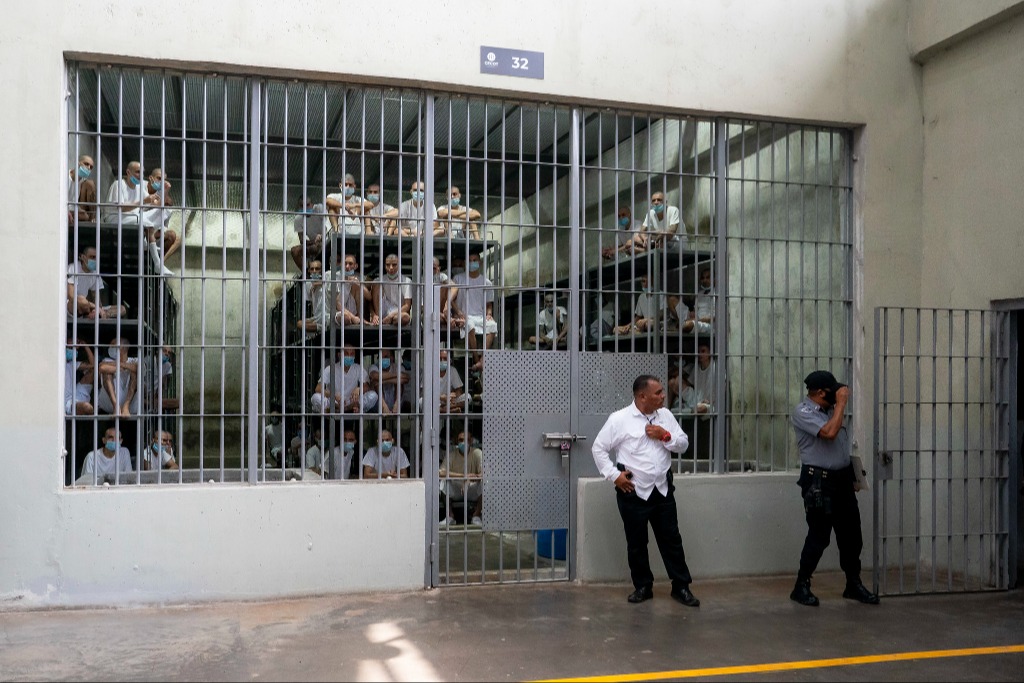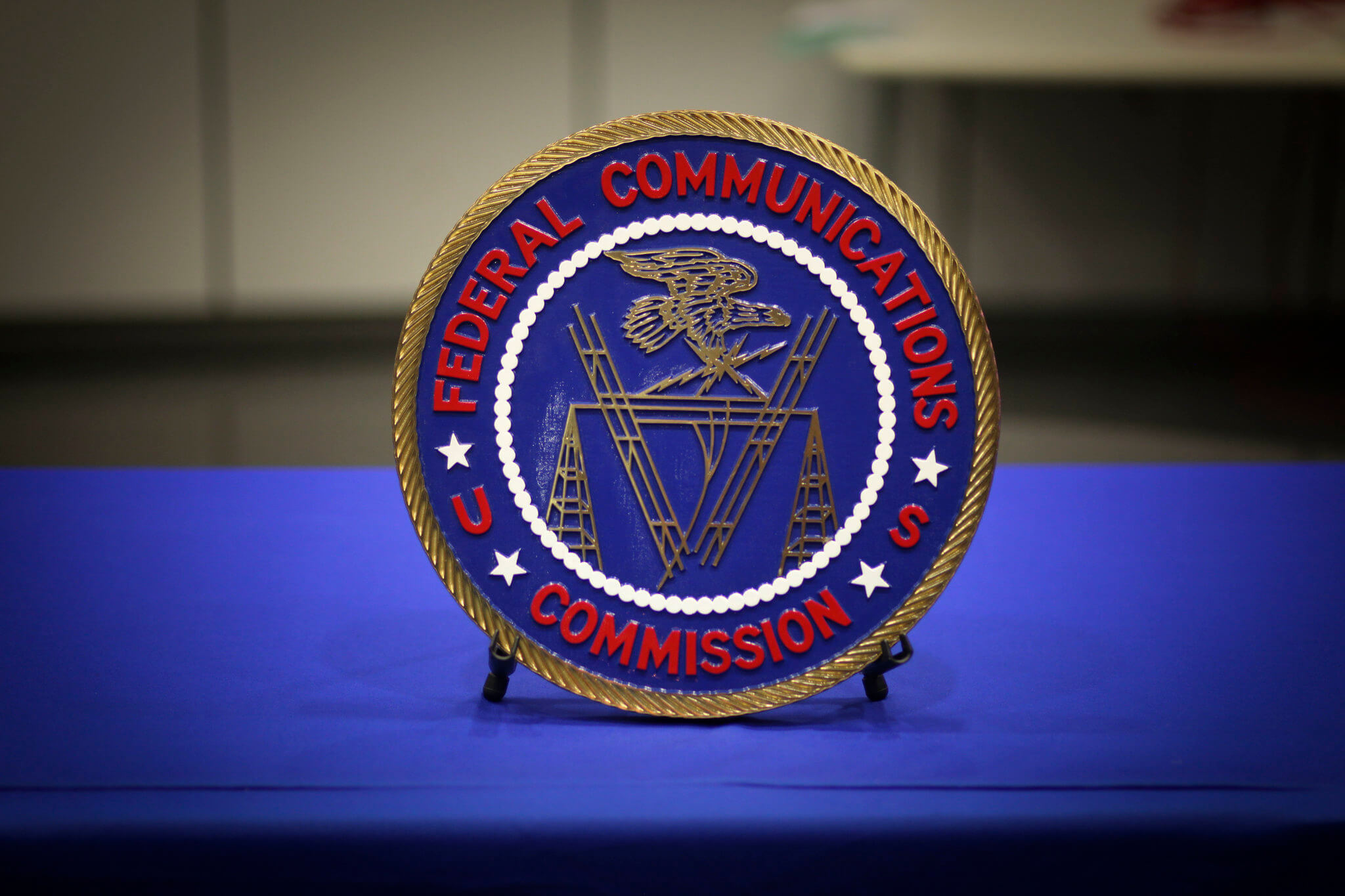What's Next for Trump v. Vance in the District Court
After rejecting President Trump’s claims of absolute immunity from a subpoena from the Manhattan district attorney, the Supreme Court sent Trump v. Vance back down to the lower courts to allow Trump to raise new arguments.

Published by The Lawfare Institute
in Cooperation With

On July 9, the Supreme Court handed down its much-awaited decision Trump v. Vance, which Julia Solomon-Strauss summarized for Lawfare. The court rejected President Trump’s claim that he was absolutely immune from a subpoena issued by Manhattan District Attorney Cyrus Vance to third parties in possession of the president’s financial documents. And the court declined to adopt the solicitor general’s position that the subpoena should be subject to a heightened need standard. But the Supreme Court nonetheless sent the case back to the lower courts to allow Trump to raise new arguments in light of its decision. (On the National Security Law podcast, Steve Vladeck called the court’s disposition affirming the court of appeals’s decision while also remanding the case “weird but not unheard of”).
The lower court proceedings are now underway in the United States District Court for the Southern District of New York. On July 10, even before the Supreme Court’s decision officially took effect, District Judge Victor Marrero ordered the parties to jointly inform the court “whether further proceedings will be necessary” and to “outline potential areas for further argument.” Since then, the Supreme Court granted Vance’s request—to which Trump’s lawyers had consented—to allow the ruling to go into effect immediately.
The July 15 Joint Submission
On July 15, the parties provided their joint submission to the court, which consists of separate statements from Trump and Vance. The filing previews the core disputes that will play out before the district court over the next month.
Trump’s Statement
Drawing on language from the chief justice’s majority opinion, Trump’s attorneys assert that there are “four basic categories” of arguments available to the president on remand. First, they contend that “the President may argue that this subpoena is not a ‘properly tailored’ grand-jury subpoena.” Second, they write that “the President may argue that the subpoena ‘is motivated by a desire to harass or is conducted in bad faith.’” Third, they propose that “the President may argue that the subpoena is meant ‘to manipulate [his] policy decisions or to retaliate against [him] for official acts.’” And lastly, “the President may ‘argue that compliance ... would impede his constitutional duties.’”
Once Trump makes those claims in a subsequent briefing, his lawyers suggest, the next step in the case should be to develop the record through discovery. Quoting Justice Brett Kavanaugh’s concurrence, Trump’s lawyers contend that both the district court and Trump are “entitled to know ‘why the State wants the information; why and how much the State needs the information, including whether the State could obtain the information elsewhere; and whether compliance with the subpoena would unduly burden or interfere with a President’s official duties.’” Trump argues that “it would be impossible for the President to fairly litigate his claims without this information.”
Vance’s Statement
Vance’s statement acknowledges that Trump may raise additional arguments consistent with the Supreme Court’s decision that are “supported by factual allegations.” But Vance argues that the Court had not opened the door for new claims as widely as Trump suggests. In Vance’s view, Trump’s proposal “expressly invites [the district court] to conduct a heightened-scrutiny inquiry drawn from the concurring opinion that was utterly rejected by the majority decision.” Additionally, Vance argues that Trump’s statement advances arguments similar to ones the district court had previously rejected when it ruled against Trump last year. Vance writes that the district court “has already found that there was no demonstrated bad faith, harassment, or any other unusual circumstance” related to the subpoena. And Vance points to the district court’s previous determination that it was “not persuaded that the burdens and interferences the President describes in this case would substantially impair the President's ability to perform his constitutional duties.”
Regarding discovery, Vance describes Trump’s comments as “premature.” Vance asserts that “the next step in this litigation is for [Trump] to attempt to state a plausible claim for relief.” Even if Trump’s claim could survive a motion to dismiss, Vance writes that “discovery into the District Attorney’s motives would be highly irregular and inappropriate.” In support of that claim, Vance cites precedents affording a “presumption of regularity” to prosecutorial decisions.
What’s Next
On July 16, Judge Marrero adopted the parties’s proposed briefing schedule.
- By July 27: Trump will offer a second amended complaint.
- By August 3: Vance will answer or move to dismiss the amended complaint.
- By August 10: Trump will file a brief in opposition.
- By August 14: Vance will file a reply brief.
Additionally, Vance’s statement notes that while the parties had agreed last year that Vance would hold off on enforcing the subpoena only until the Supreme Court issued a decision, Vance will continue delaying enforcement until the case is resolved on remand.





